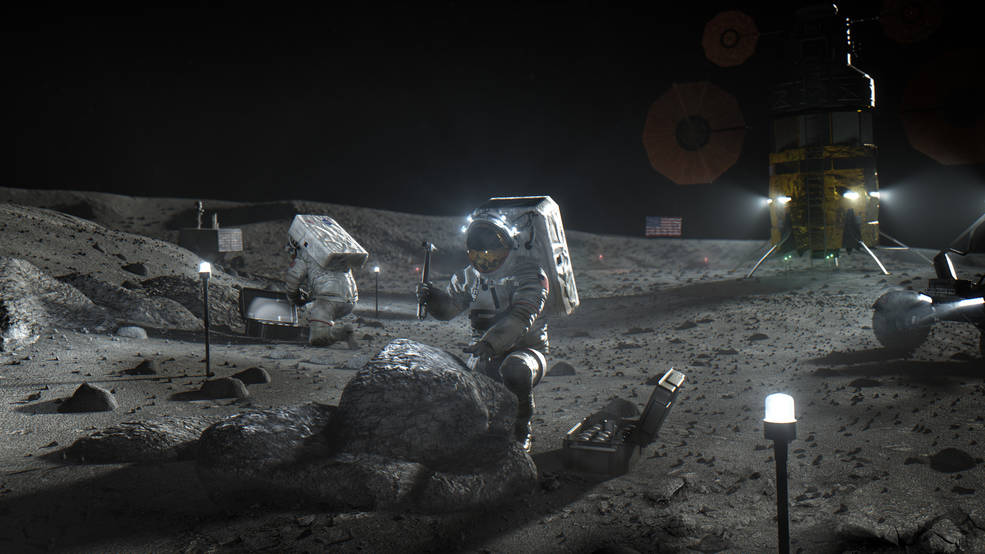
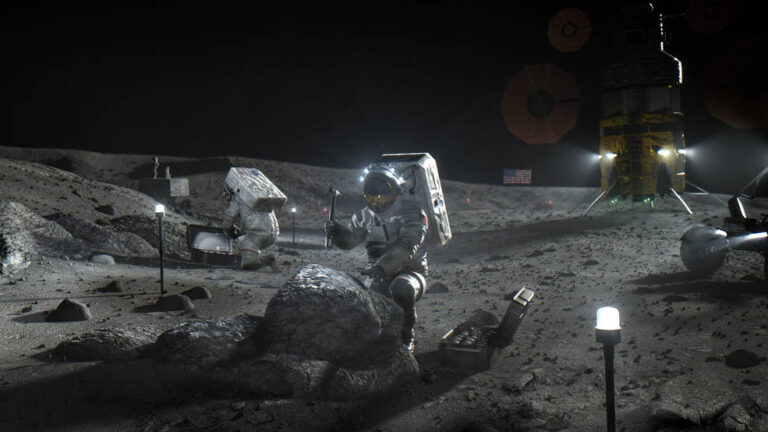
Provide your valuable feedback on NASA-identified space technology shortfalls by May 13.

NASA is refining its strategy for prioritizing technology investments, to evolve into a stronger and more resilient national tech base for civil space. The agency’s Space Technology Mission Directorate (STMD) leads the development, demonstration, and infusion of transformational technologies to solve critical stakeholder needs.
STMD is positioned to innovate and advance solutions for ambitious future space missions with the support of diverse collaborators across the country.

The STMD Strategic Planning and Integration team invites you to contribute to the prioritization of technology shortfalls critical to our mission’s success.
This feedback form is your opportunity to help shape the future of space technology.
Watch the informational webinar to learn more about the Technology Shortfall Process and Feedback Form:
An identified technology area that requires further development to meet future exploration and science needs and benefit future missions
An identified technology area requiring further development to meet future exploration, science, and other mission needs.
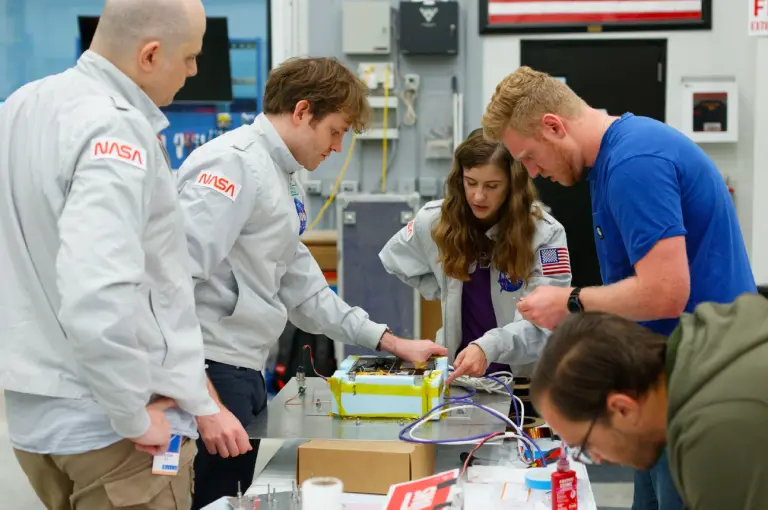
NASA identified an initial list of 187 shortfalls and invites you to give input on your critical technology needs using this feedback mechanism.
Whether you’re part of the space technology community or an interested member of the public, your input is invaluable. By registering and providing your feedback, you’ll help inform an integrated list of national space technology priorities. NASA will make the prioritized list available to stakeholders and the public.
Understanding and prioritizing the most important and impactful efforts allows STMD to appropriately direct available resources to best support mission needs for NASA and the nation.

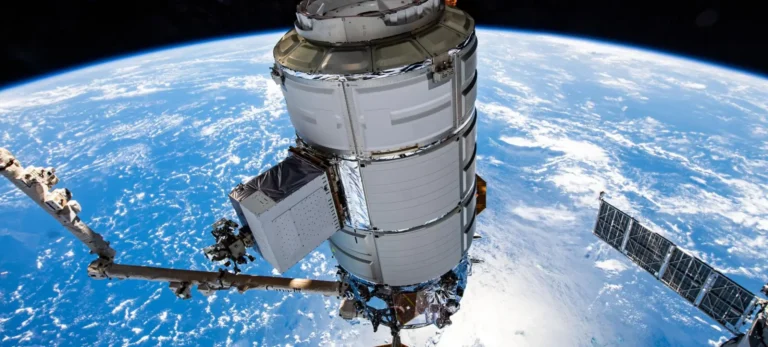
The platform organizes 187 total technology shortfalls into 20 capability areas. Each shortfall has an ID, title, a brief description, and related shortfalls.
You’ll have the opportunity to score one, some, or all of the shortfalls and answer a few open ended questions.
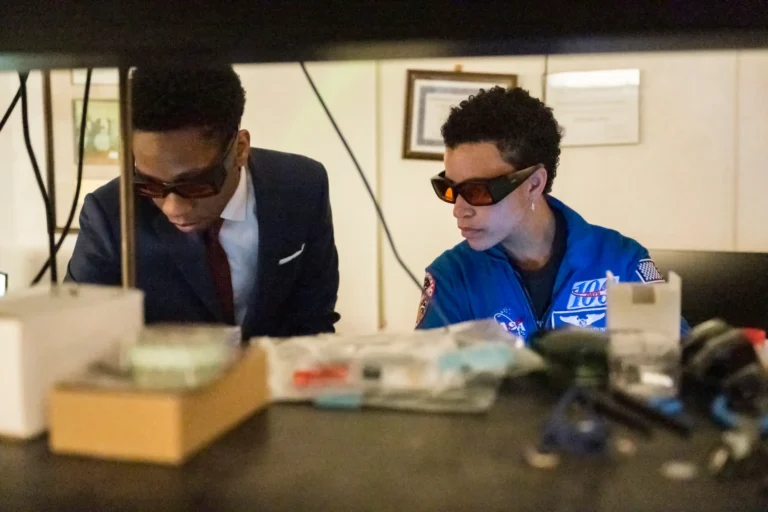
Create an account to participate.
After creating an account, log in to access the Technology Shortfalls Prioritization Feedback Form.
Navigate through the technology shortfalls organized by capability area.
Each shortfall includes essential information including a detailed description and related shortfalls.
Use the provided scale to score each technology shortfall based on how you perceive its importance to civil space.
Share your thoughts on the technology shortfalls, including any you believe are missing or already satisfied by existing technologies.
Your insights are crucial in guiding the prioritization of our shared technology shortfalls. Register to make your voice heard.
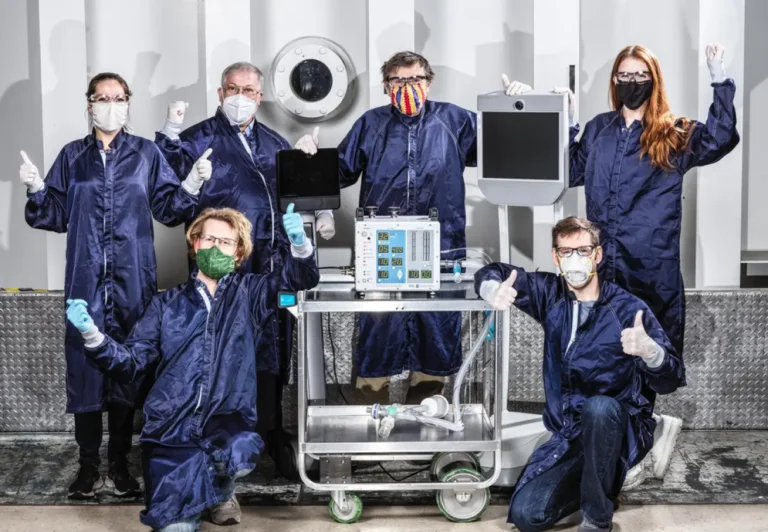
Beyond describing what technical priorities STMD should invest in, the Strategic Framework includes a Thrust that describes how STMD should invest its time, energy, and funding to achieve impact. The Lead Thrust includes three Outcomes that describe STMD’s socioeconomic goals that support and expand NASA’s technology development impact.
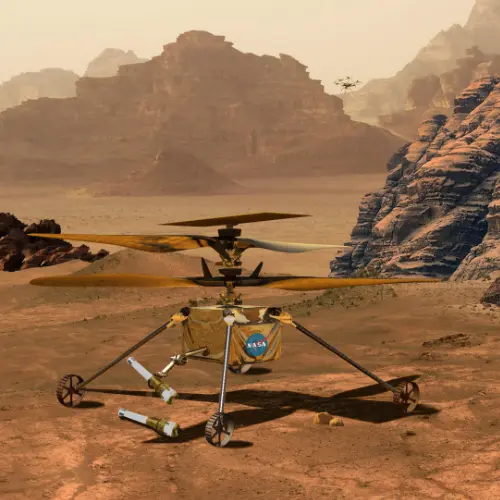
Address national aerospace challenges; Enable rapid and efficient technology development; Take risks; capture and disseminate knowledge.
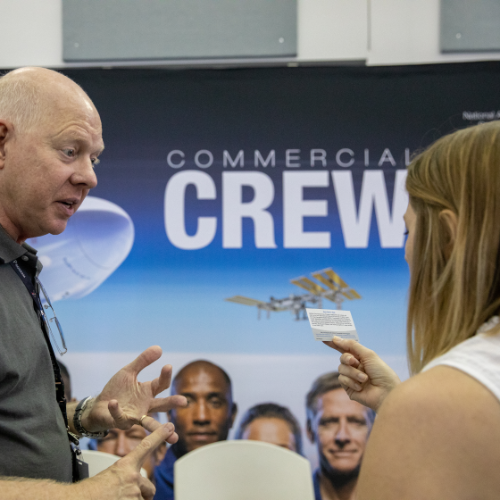
Foster the creation and growth of aerospace businesses; Increase the commercialization of NASA-supported technologies; Partner in innovative ways for research and development to expand the aerospace sector; Collaborate with stakeholders in geographic communities across the country.
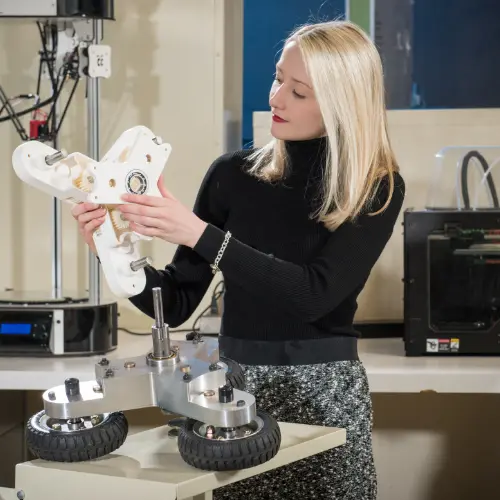
Make it easier for all U.S. individuals and organizations to contribute to NASA technology development; Increase representation of diverse and non-traditional groups across STMD’s portfolio to leverage creativity and innovation from across America; Cultivate a pipeline of technologists and innovators.
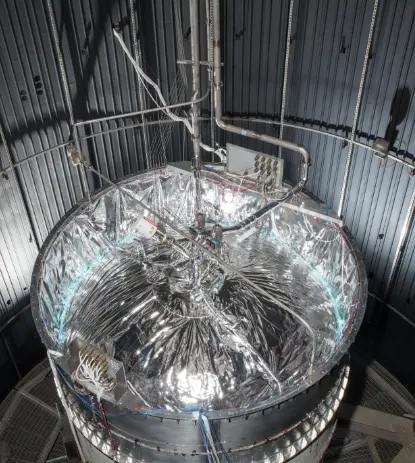
Develop cryogenic storage, transport, and fluid management technologies for surface and in-space applications.
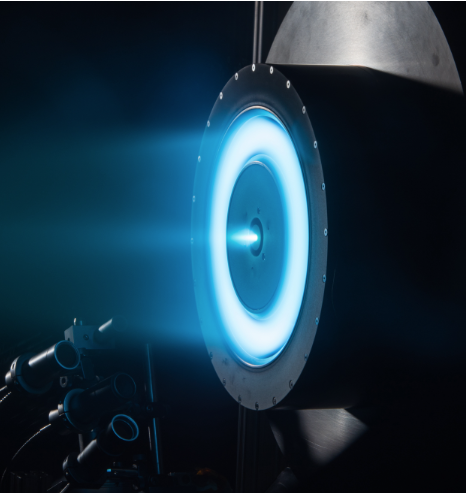
Produce advanced propulsion technologies that enable future science/commercial/exploration missions.
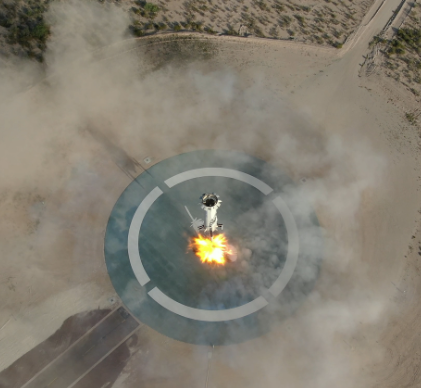
Develop capabilities to enable lighting-independent precise landing on any terrain.
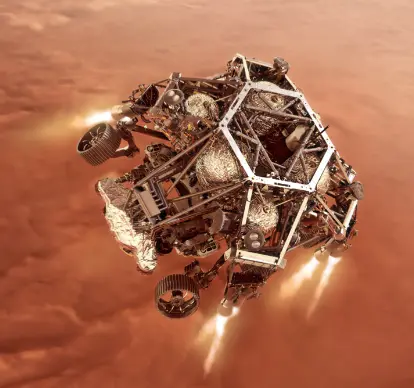
Develop capabilities enabling small to large missions to efficiently enter any atmospheres within our solar system.
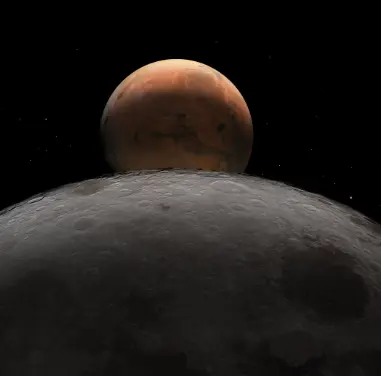
Develop capabilities to support global access to the moon and Mars including accurate prediction of plume surface interaction.
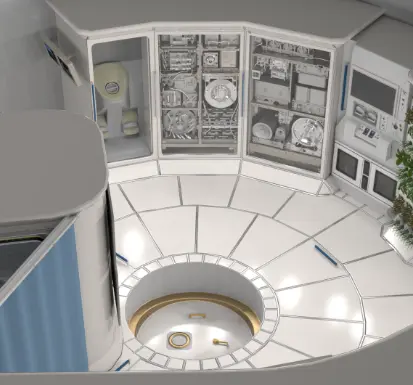
Keep astronauts healthy and productive while living in space and planetary vehicles.
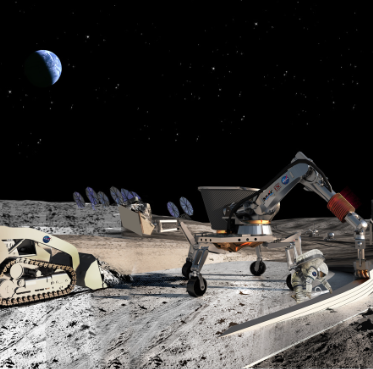
Develop scalable ISRU production/utilization capabilities including sustainable commodities on the lunar and Mars surface.
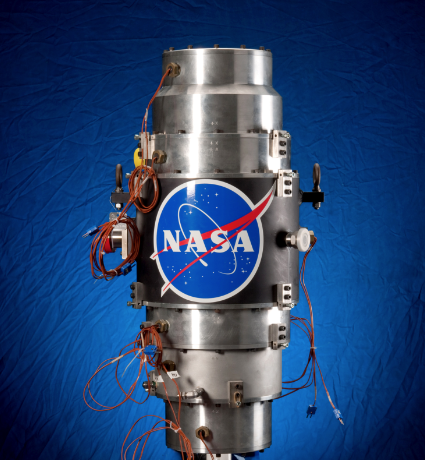
Develop sustainable power sources and other surface utilities to enable continuous lunar and Mars surface operations.
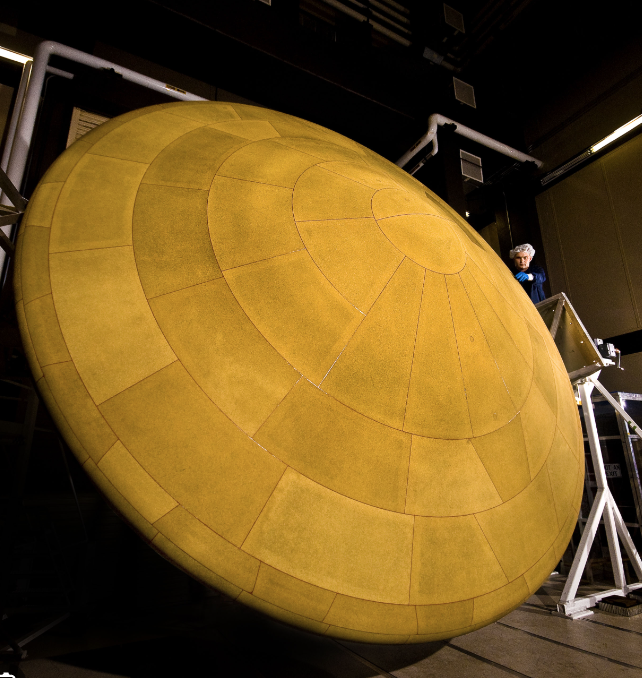
Develop thermal management technologies that enable surviving the extreme lunar and Mars environments.
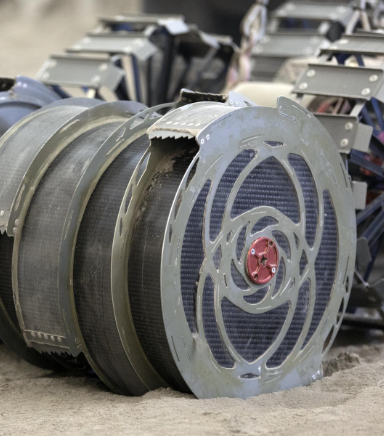
Develop methodologies for moving regolith for in-situ purposes such as commodities extraction and constructing infrastructure like landing pads and other structures using in-situ resources.
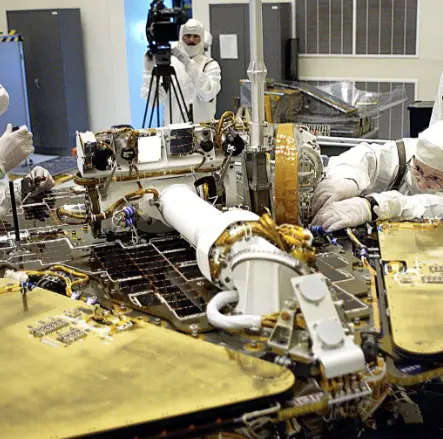
Develop advanced avionics to meet agency objectives, including radiation-hardened spaceflight computing technologies.
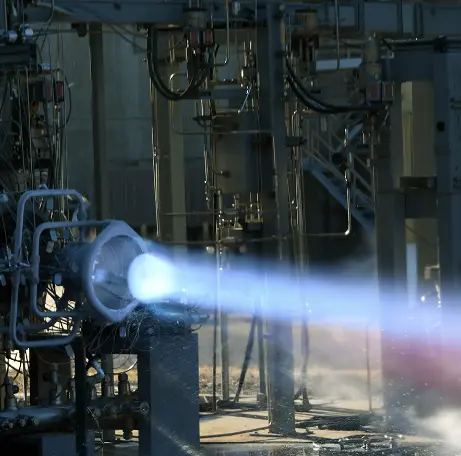
Develop both terrestrial and in-space manufacturing technologies to make commercial and exploration missions more capable and affordable.
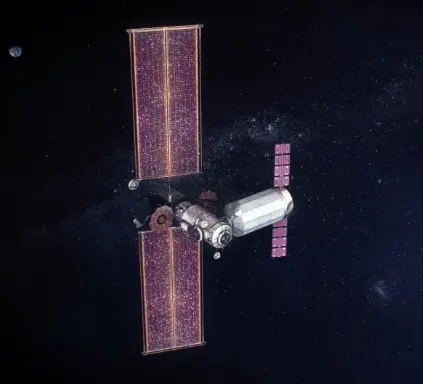
Develop autonomy and robotics technologies that enable and enhance the full range of science and exploration missions (both with and without crew).
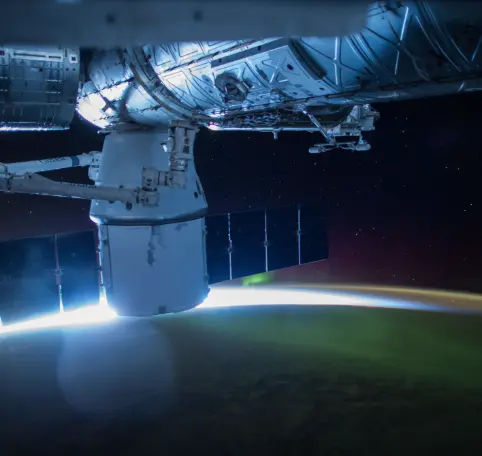
Develop communication, navigation, and timing approaches to support diverse asset (human or robotic) needs including establishing asset location in-space.
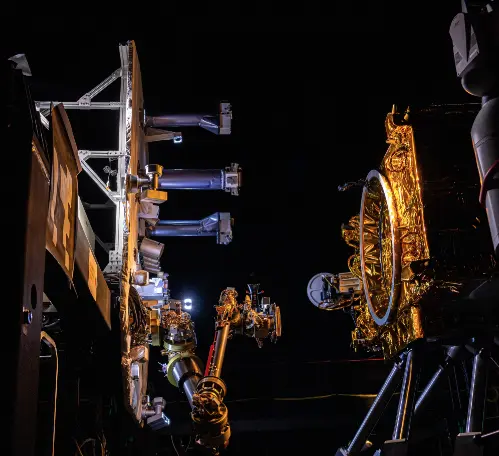
Develop technologies for in-space creation, maintenance, and evolution of space assets leveraging expanding in-space infrastructure.
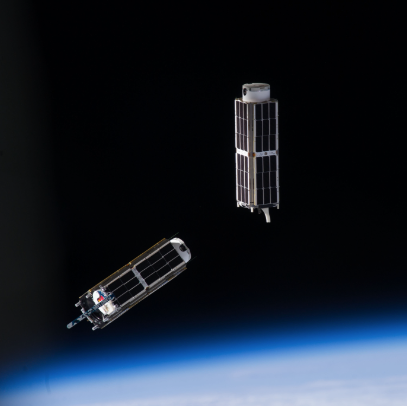
Develop technologies for small spacecraft and responsive launch to rapidly expand space capabilities at dramatically lower costs.
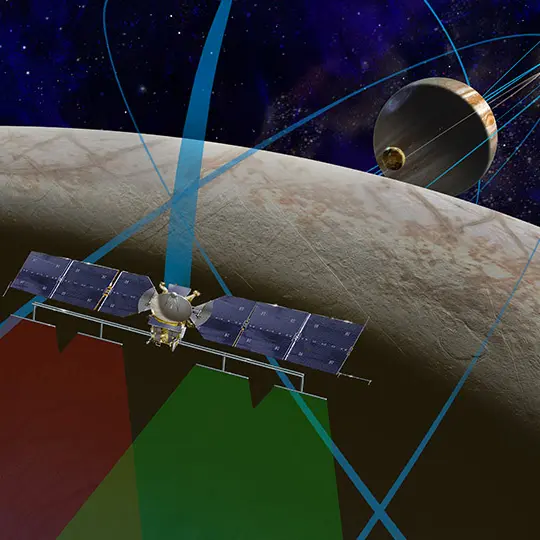
Develop technologies for science instrumentation supporting new discoveries.
NASA is committed to providing all necessary content, conducting public outreach, and analyzing the data collected from this feedback to inform future technology development and funding decisions.